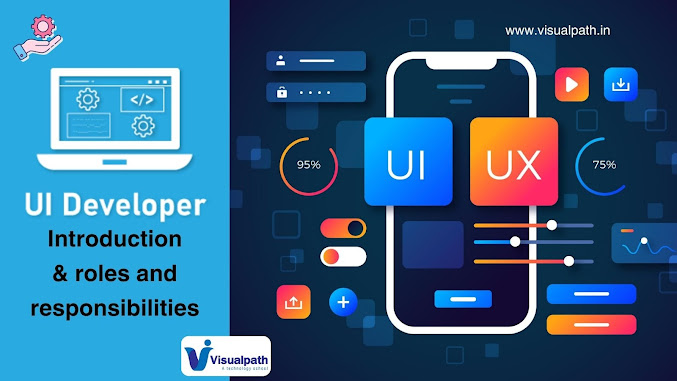What is Mongo DB? Mongo DB Best Tutorial in 2024
.jpg)
What is Mongo DB? MongoDB is a popular NoSQL database management system renowned for its flexibility, scalability, and performance. It diverges from traditional relational databases by storing data in flexible, JSON-like documents, making it ideal for handling unstructured or semi-structured data. If you're new to MongoDB, Full Stack Online Training Course here's a concise yet comprehensive tutorial to get you started: Introduction to MongoDB: MongoDB is a leading NoSQL database solution, designed to handle the challenges posed by modern applications that demand flexible data storage. It's particularly suited for applications with large volumes of data or those requiring fast, agile development cycles. MERN Stack OnlineTraining Key Concepts: 1. Document-Oriented: MongoDB stores data in documents, which are JSON-like structures. Each document represents a record in the database and can have a varying number of fields, making it highly flexible. 2.
.jpg)

